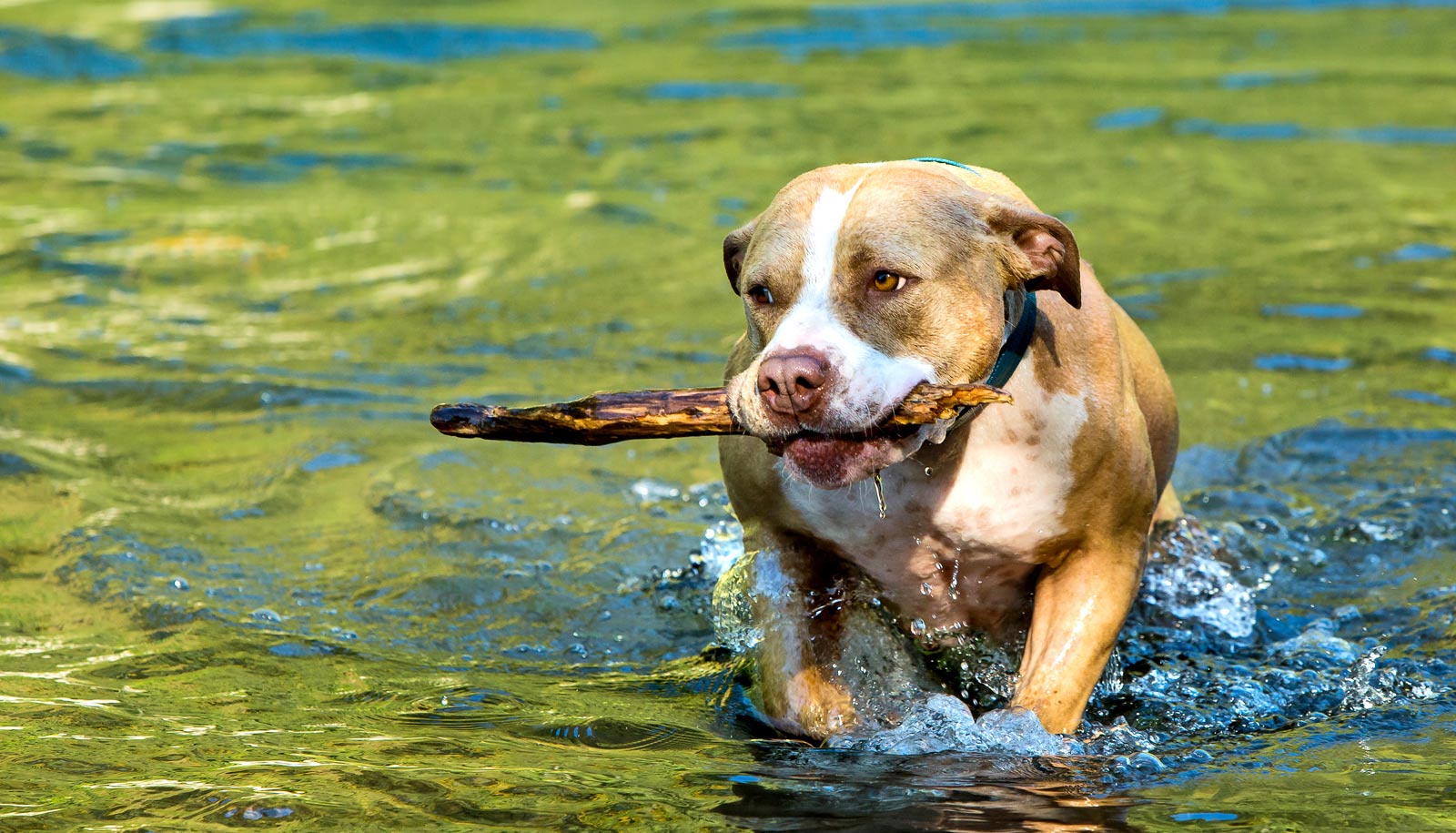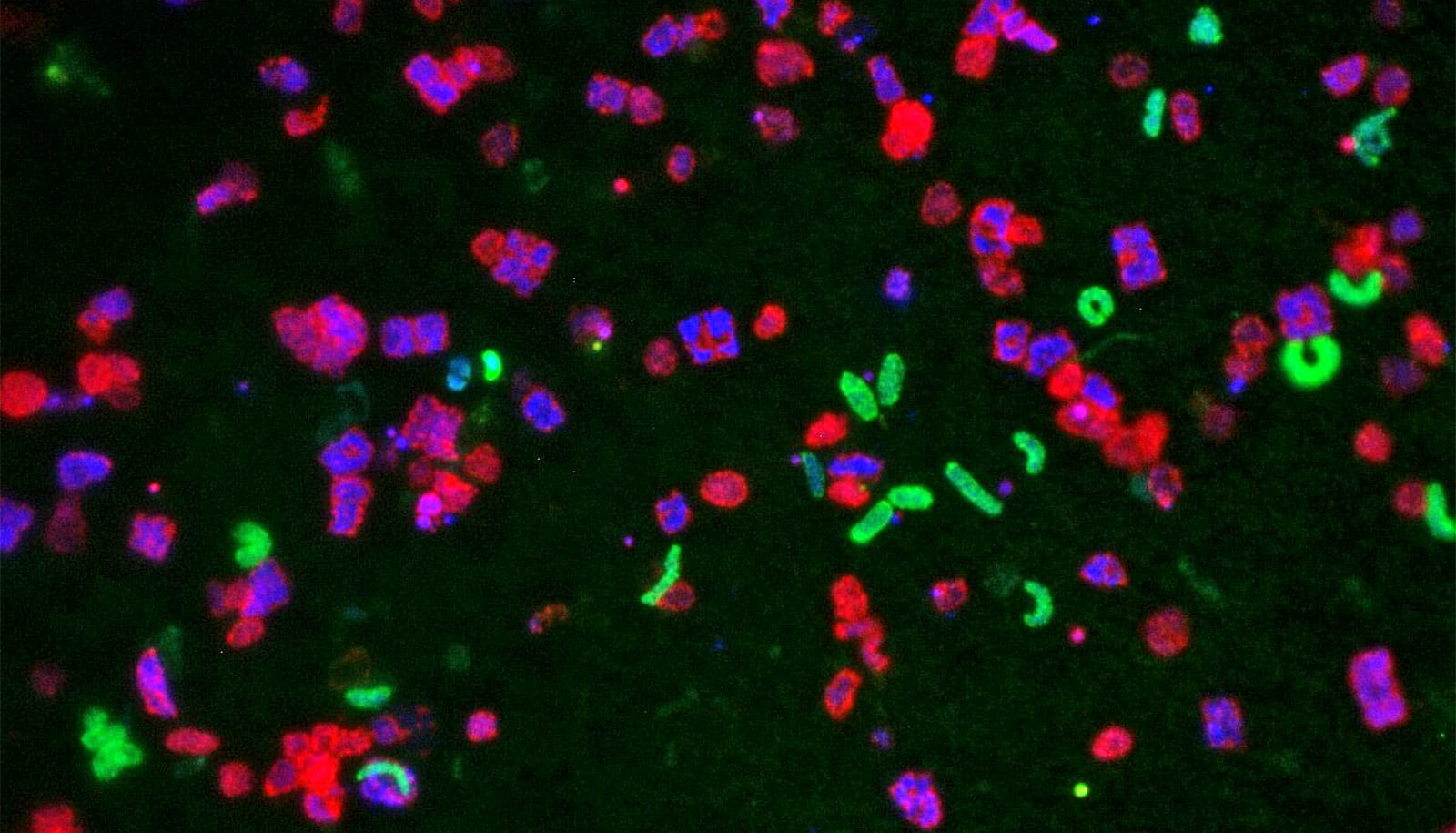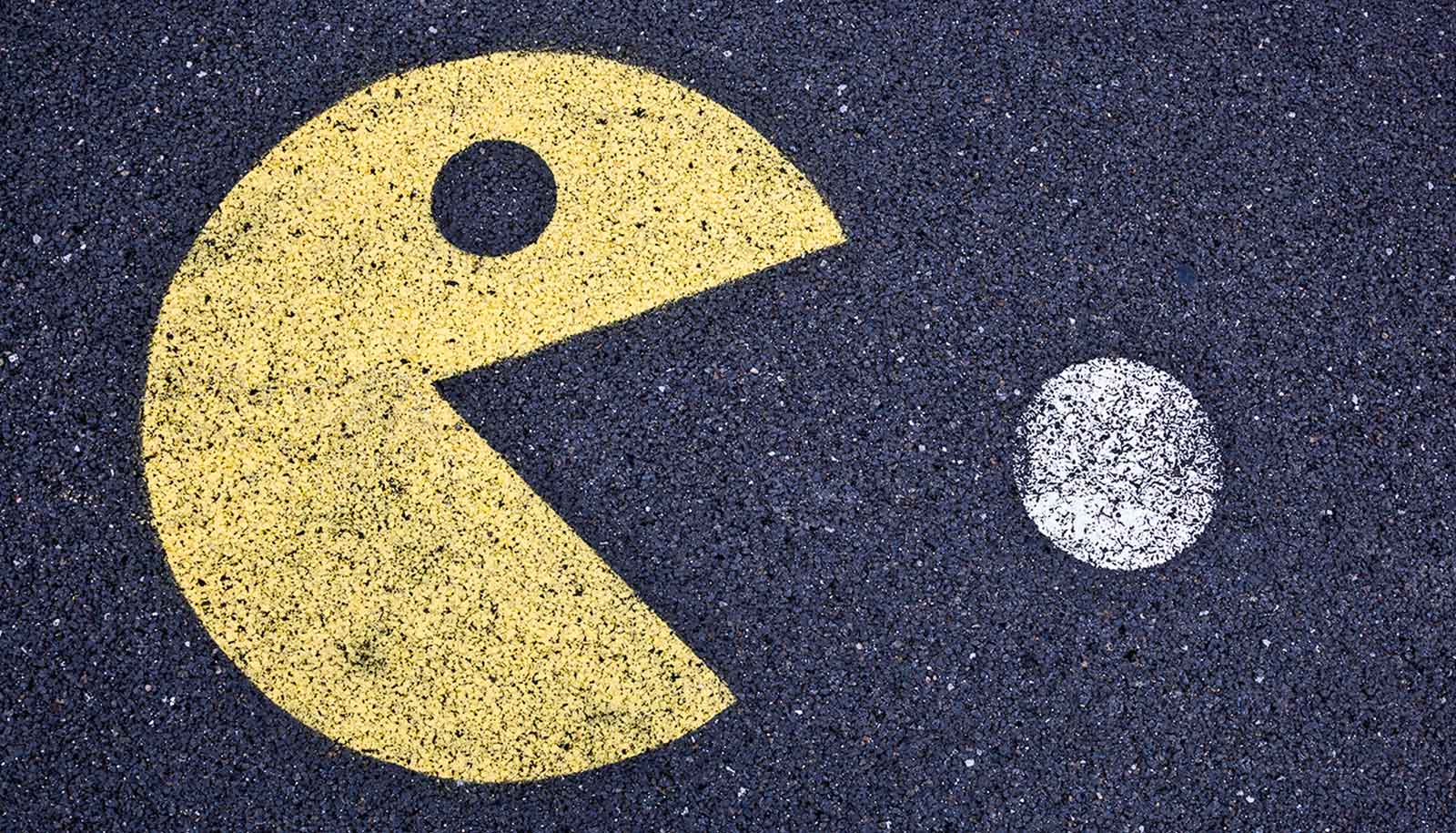Blue-green algae poses a deadly risk to humans as well as animals.
Karyn Bischoff, toxicologist at the Cornell University College of Veterinary Medicine, explains the dangers and advises livestock and pet owners to be vigilant in avoiding contaminated areas.
Bischoff worked with New York Sea Grant to create a free guide for pet owners on how to spot contaminated waters, how to report blooms to officials, and what to do if your dog comes in contact.
“Small ingestions can cause severe clinical signs; large ingestions can be rapidly lethal.”
“Prevention is the best protection for animals. Do everything you can to stop them from accessing contaminated water,” says Bischoff.
“The most severe effects of Harmful Algae Blooms, including blue-green algae, are from ingestion, which can occur through drinking contaminated water or from grooming it off their coats. If your livestock or pet touches contaminated water, even a small amount, immediately rinse thoroughly with fresh water. Doing this quickly can be life-saving.
“After rinsing the animal well, contact your veterinarian immediately. Time is of the essence in these cases.
Feeding dogs raw chicken tied to potentially deadly paralysis
“Clinical signs of Harmful Algae Blooms poisoning depend on the toxins present and the amount ingested. Small ingestions can cause severe clinical signs; large ingestions can be rapidly lethal. Neurotoxins can cause immediate effects, including drooling, tremors, and seizures; hepatotoxins can destroy the liver and cause rapid death from shock.”
Source: Cornell University



